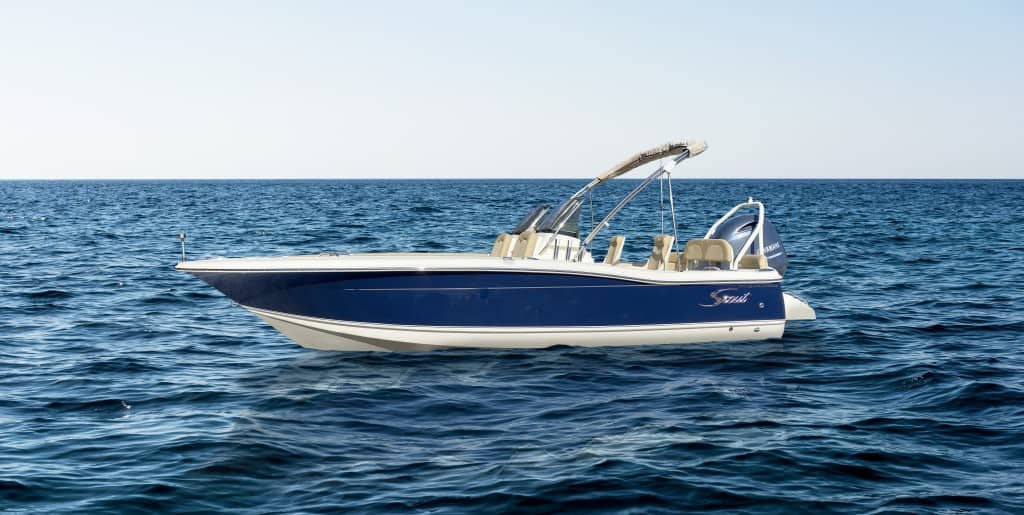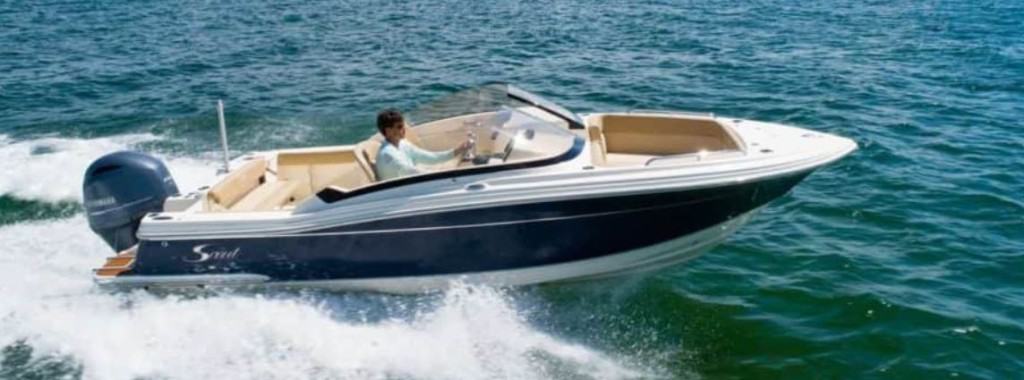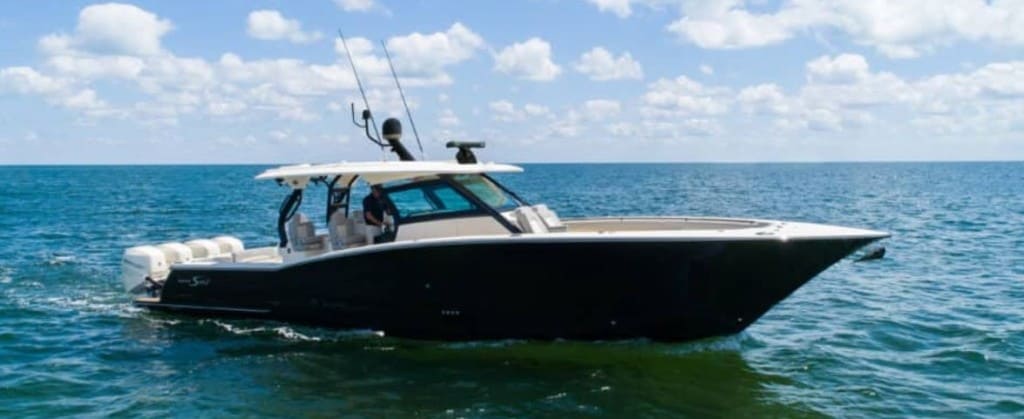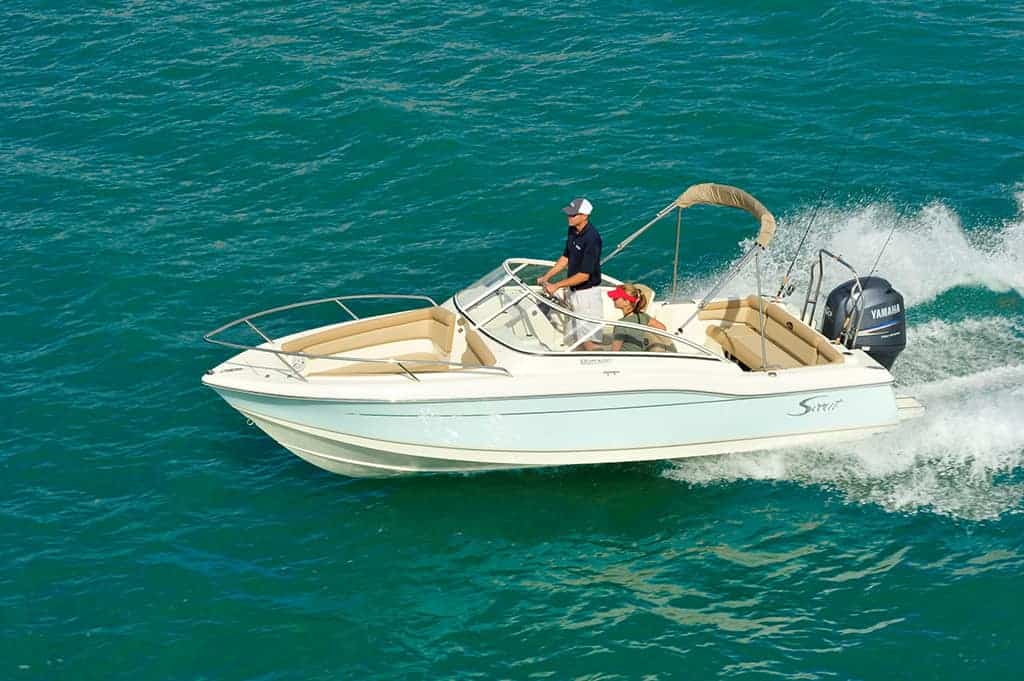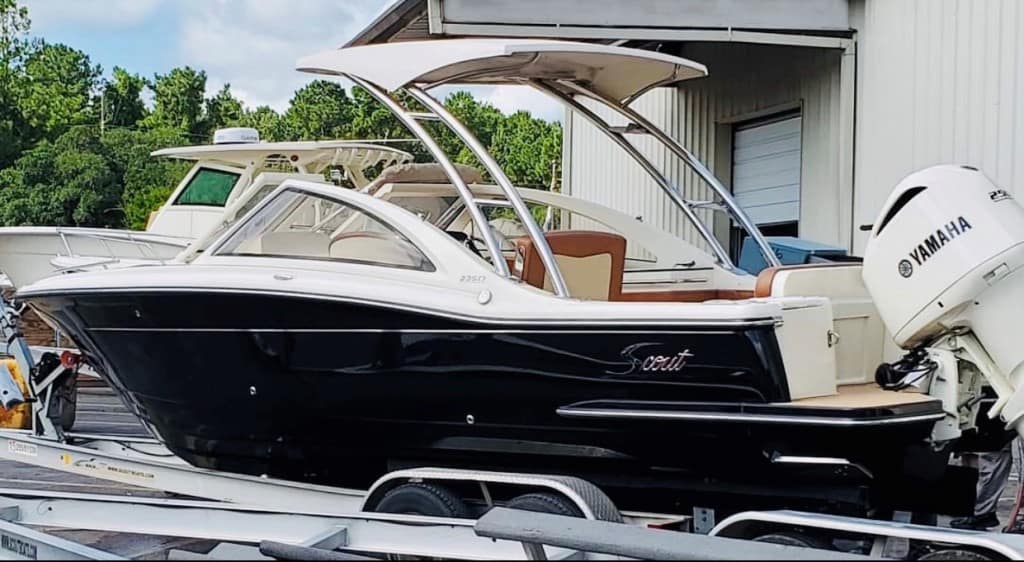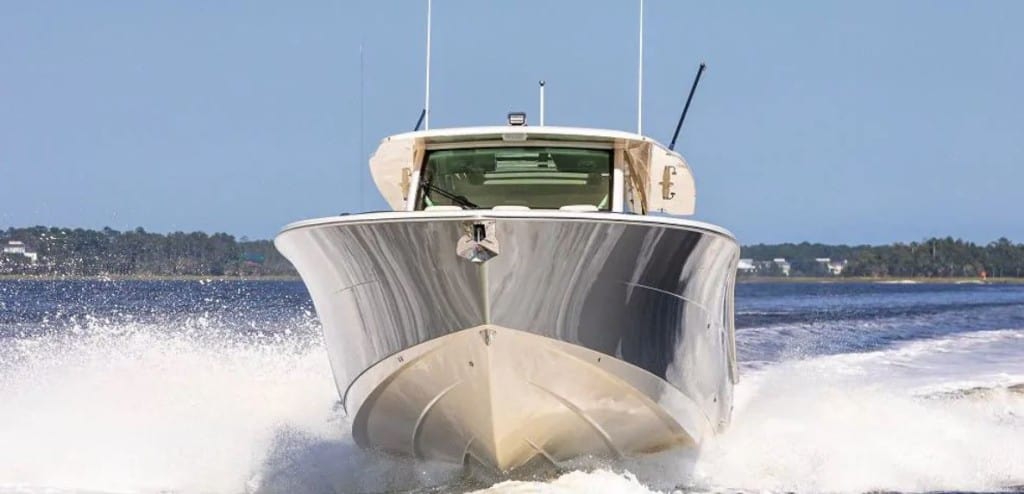
Your boat is a major investment, so you need to protect it with cleaning, maintenance, and overall care. While boat owners are usually familiar with cleaning and maintaining a boat, they may be less likely to understand how to clean boat upholstery properly. Simply wiping down the upholstery is not enough, as you need a complete strategy to ensure your elegant upholstery lasts for years.
If you’d like to purchase a new craft, design one to fit your exact needs with our Build Your Scout tool. You can add features for fishing, sporting, entertainment, and more to best enjoy your boating experience!
Remove Upholstery If Possible
Many boats available on the market allow you to completely remove the seat cushions, which gives you easier access to the nooks and crannies of the upholstery. It also makes overall cleaning much easier and more thorough. Removing your upholstery, if possible, should be your first step in the cleaning process.
Gently Clean and Dry
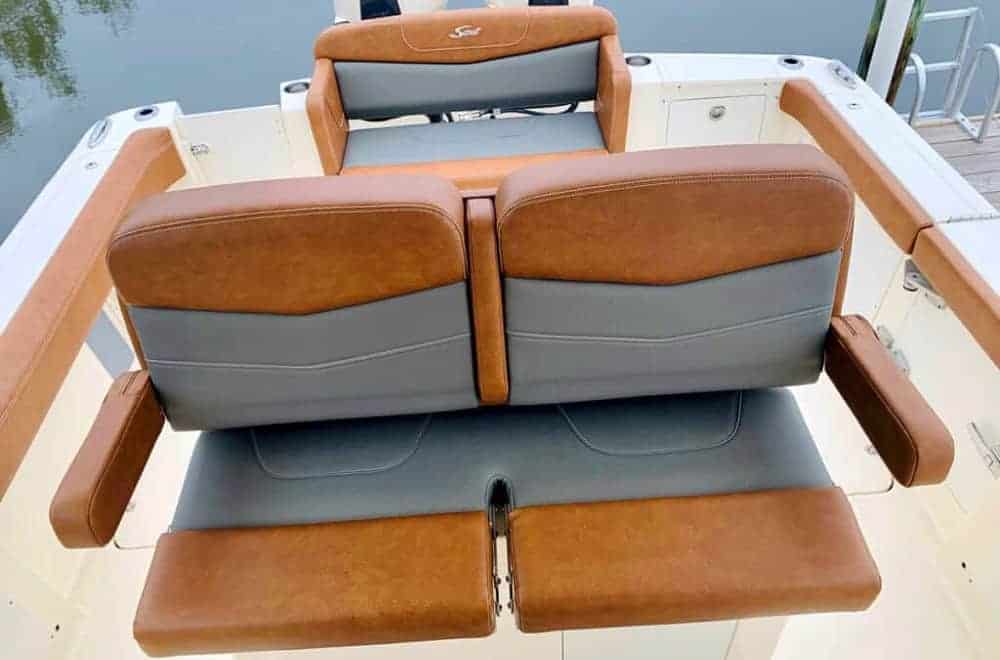
To begin cleaning, thoroughly but gently scrub the boat’s upholstery with freshwater and mild soap. Rinse thoroughly to ensure all soap has been removed, then dry the upholstery with a clean towel. Be diligent to remove all moisture, especially around the seams where water likes to hide. Make sure it’s completely dry so mold and mildew can’t grow during storage.
Deep Clean and Treatment
With the upholstery washed down and rinsed, you can start to focus on deep cleaning. This will help preserve the material and make it look brand new for decades. There are a variety of materials that can be used to preserve the upholstery, and choices will often depend on the specific material covering your seats. Whichever product you purchase, follow all directions and apply treatments with care. You may also want to check the boat manufacturer’s recommendations for product selection.
Cover When Not In Use
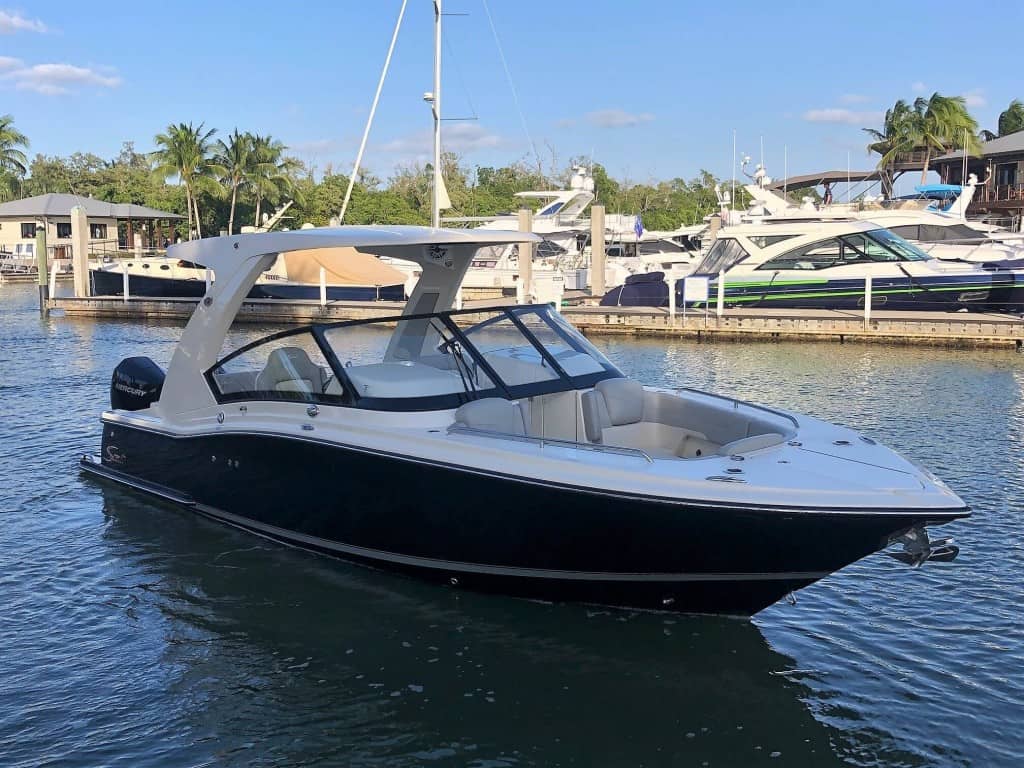
One of the most important things you can do for your boat’s upholstery is to cover it when not in use. A boat cover, which wraps the entire interior of your vessel, will reduce sun exposure, dust, and pests. A cover will also help keep your boat dry and ensure that when boating season starts again, you’ll have excellent upholstery waiting for you to enjoy.
Expert Tip: Avoid Harsh Chemicals
Finally, we’d like to remind you to avoid using harsh cleaning chemicals, as they can damage and stain your elegant upholstery. Only use marine-specific upholstery cleaners and avoid acetone, bleach, glass cleaners, or anything containing ammonia or paint thinners. These chemicals can remove tough household stains, but they can also create havoc on your boat’s upholstery.
Purchase a Luxury Craft from Scout Boats

You deserve an amazing boat that delivers comfort, reliability, and outstanding performance. With precision-designed hulls and high-quality upholstery, Scout Boats has everything you need for a wonderful boating experience. Plus, you can design the exact craft of your dreams with our Build Your Scout tool. Your new vessel awaits!





